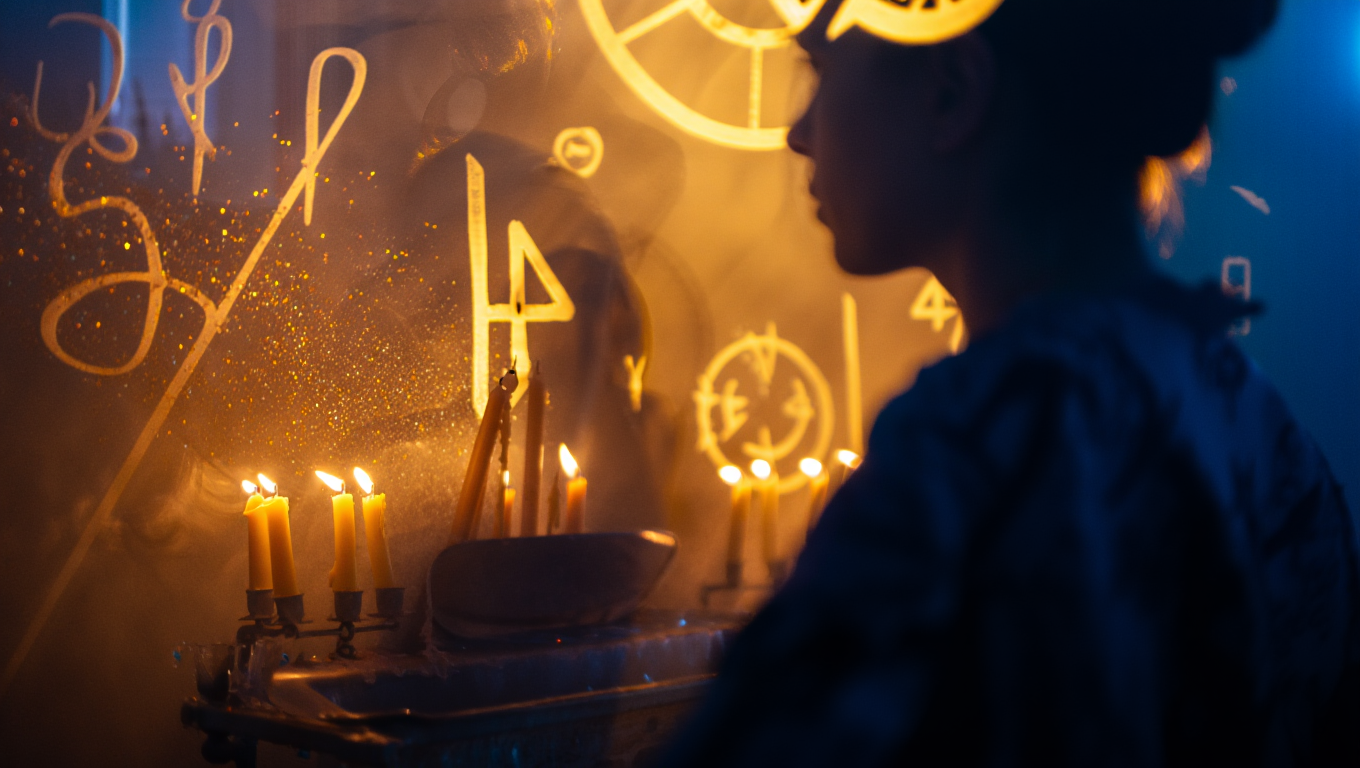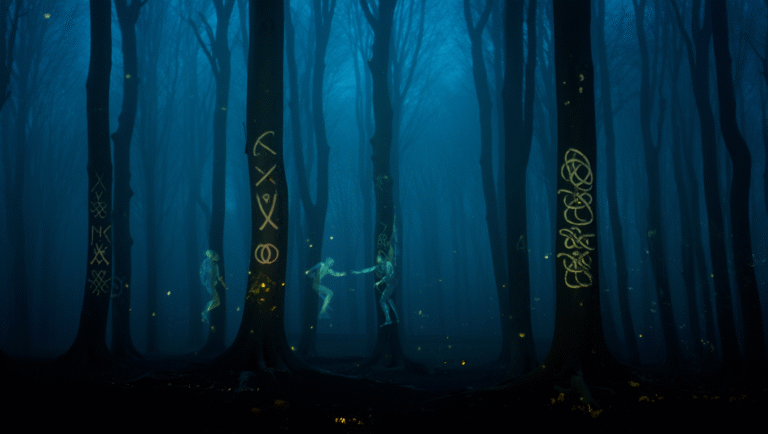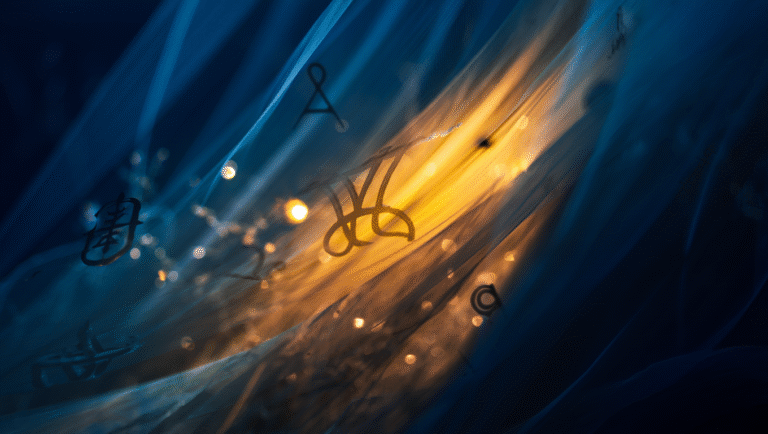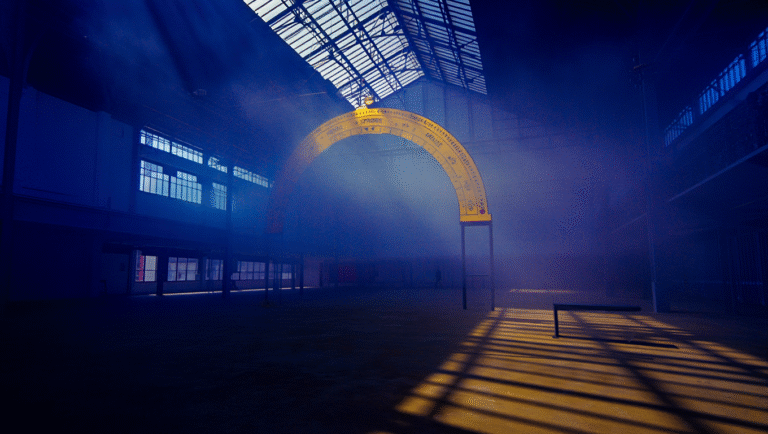Human Design Types Explained Simply
If you’ve ever scrolled through Instagram and seen someone mention their “Generator” or “Projector” type, you’ve probably stumbled across Human Design. This system, blending elements of astrology, the I Ching, Kabbalah, and the chakra system, can seem intimidating at first glance. But what does it all really mean—and how can you use it for something practical in your life?
Let’s strip away the jargon and hype. Here’s a straightforward, beginner-friendly guide to the four Human Design types, how they show up in daily life, and how to use your type as a tool (not a rulebook) for self-awareness and better decision-making.
What Is Human Design, Really?
Human Design is a self-discovery tool developed in the late 1980s. It uses your birth data to create a “Bodygraph” chart—a sort of personality map. Think of it as a modern twist on a Myers-Briggs test, but with more layers and a cosmic flavor. The core idea: By understanding your unique type, you can make choices that align better with your natural energy and strengths.
“Human Design isn’t about labeling people or putting them in boxes. It’s about recognizing how you’re wired to operate best.”
There are four main types in Human Design: Manifestor, Generator, Projector, and Reflector. Each comes with a default way of operating in the world. No one type is “better”—think of them like personality operating systems.
A Real-Life Example: Discovering My Type
When I first ran my Human Design chart, I learned I was a Projector. Suddenly, it made sense why working non-stop left me feeling drained (Projectors aren’t built for marathon workdays). Instead, I found I was most effective when I focused on guiding others and taking regular breaks. Once I started working with this knowledge, not against it, my stress levels dropped—and my productivity went up.
How to Find Your Type (in 2 Minutes)
Before you dive deeper, you’ll need your birth date, time, and location. Use a free tool like mybodygraph.com or geneticmatrix.com to generate your chart.
- Input your details.
- Your type will be listed at the top (e.g. “Type: Generator”).
The Four Human Design Types at a Glance
Here’s a practical table to compare the four types, their best uses, and what you might want to know before diving in.
| Name | Key Traits | Best Use | Energy Style | Famous Example |
|---|---|---|---|---|
| Manifestor | Initiators, independent, prefer autonomy | Starting new projects, leading, launching ideas | Bursts of energy, need downtime | Maya Angelou |
| Generator | Builders, steady workers, responsive | Consistent effort, mastering skills, making things happen | Sustainable energy, when engaged | Oprah Winfrey |
| Projector | Guides, insightful, need recognition | Advising, teaching, managing systems | Spurts of energy, need rest | Barack Obama |
| Reflector | Observers, mirrors, highly sensitive | Evaluating environments, sensing trends | Energy varies, needs stable surroundings | Sandra Bullock |
Step-by-Step: How to Use Your Human Design Type in 15 Minutes
Understanding your type is most useful when you try it out in your daily routine. Here’s a quick-start guide for each type:
Manifestors
- Step 1: Pick a task or idea you’ve wanted to start but keep waiting for “permission.”
- Step 2: Tell someone (or write down) your intention—Manifestors thrive by informing others.
- Step 3: Take the first step—small is fine. Notice how initiating feels.
- Tip: Schedule downtime after bursts of action. Try a guided meditation timer to support your rest cycles.
Generators
- Step 1: List what energizes you—work, hobbies, people.
- Step 2: Choose one task that feels genuinely satisfying and set a 15-minute timer.
- Step 3: Notice if you feel more energized after doing it. If not, swap for something else next time.
- Tip: Use a simple habit tracker to spot patterns in your energy.
Projectors
- Step 1: Block 15 minutes for focused work or one-on-one conversation.
- Step 2: Ask for feedback or an invitation before sharing your ideas.
- Step 3: Schedule downtime right after so you don’t burn out.
- Tip: Try a blue-light blocking lamp to improve your rest quality.
Reflectors
- Step 1: Spend 15 minutes observing your environment—notice how you feel in different spaces or with different people.
- Step 2: Write down one place or activity that leaves you feeling good.
- Step 3: Make a small change to spend more time in positive spaces.
- Tip: A portable air purifier can help create a calm environment wherever you go.
Quick Reference: Human Design Types Cheat Sheet
| Type | Signature Feeling | Frustration Sign | Strategy | Amazon Resource |
|---|---|---|---|---|
| Manifestor | Peace | Anger | Inform before acting | Human Design Book |
| Generator | Satisfaction | Frustration | Respond to what excites you | Journal for Self-Discovery |
| Projector | Success | Bitterness | Wait for invitation/recognition | Projector Guidebook |
| Reflector | Surprise | Disappointment | Wait a lunar cycle for decisions | Reflector Planner |
Recommended Tools & Next Steps
- mybodygraph.com – Free chart generator
- geneticmatrix.com – In-depth charts and analysis
- “Human Design: Discover the Person You Were Born to Be” – Practical, no-nonsense intro
- Projector Guidebook – For Projectors who want to dive deeper
- Reflector Planner – Gentle structure for Reflectors
Final Thoughts: Keeping It Practical
Human Design is a tool, not a rule. Use it to add insight to your routines, not to box yourself in. Try a 15-minute experiment with your type and see how it feels. If it helps, great! If not, there are plenty of other tools out there.
Remember, the best self-discovery tools are the ones you actually use. Have fun experimenting!
Some links in this post may be affiliate. You pay the same price, and this blog may earn a small commission.







